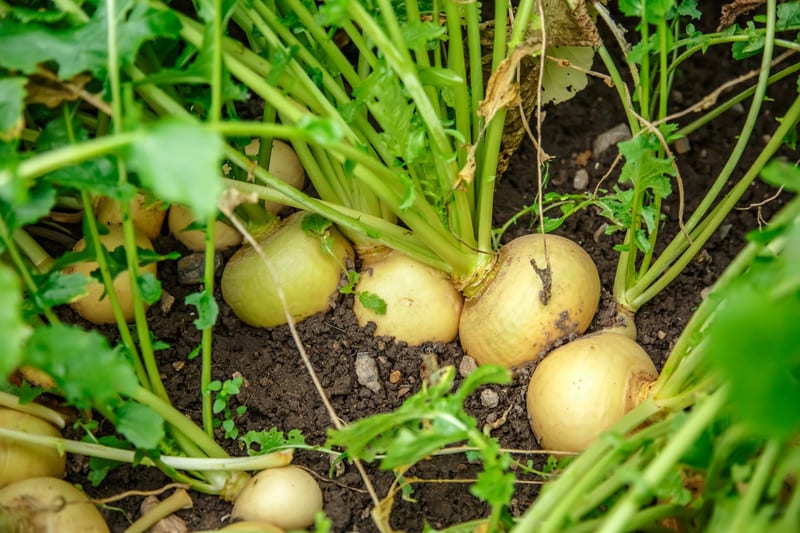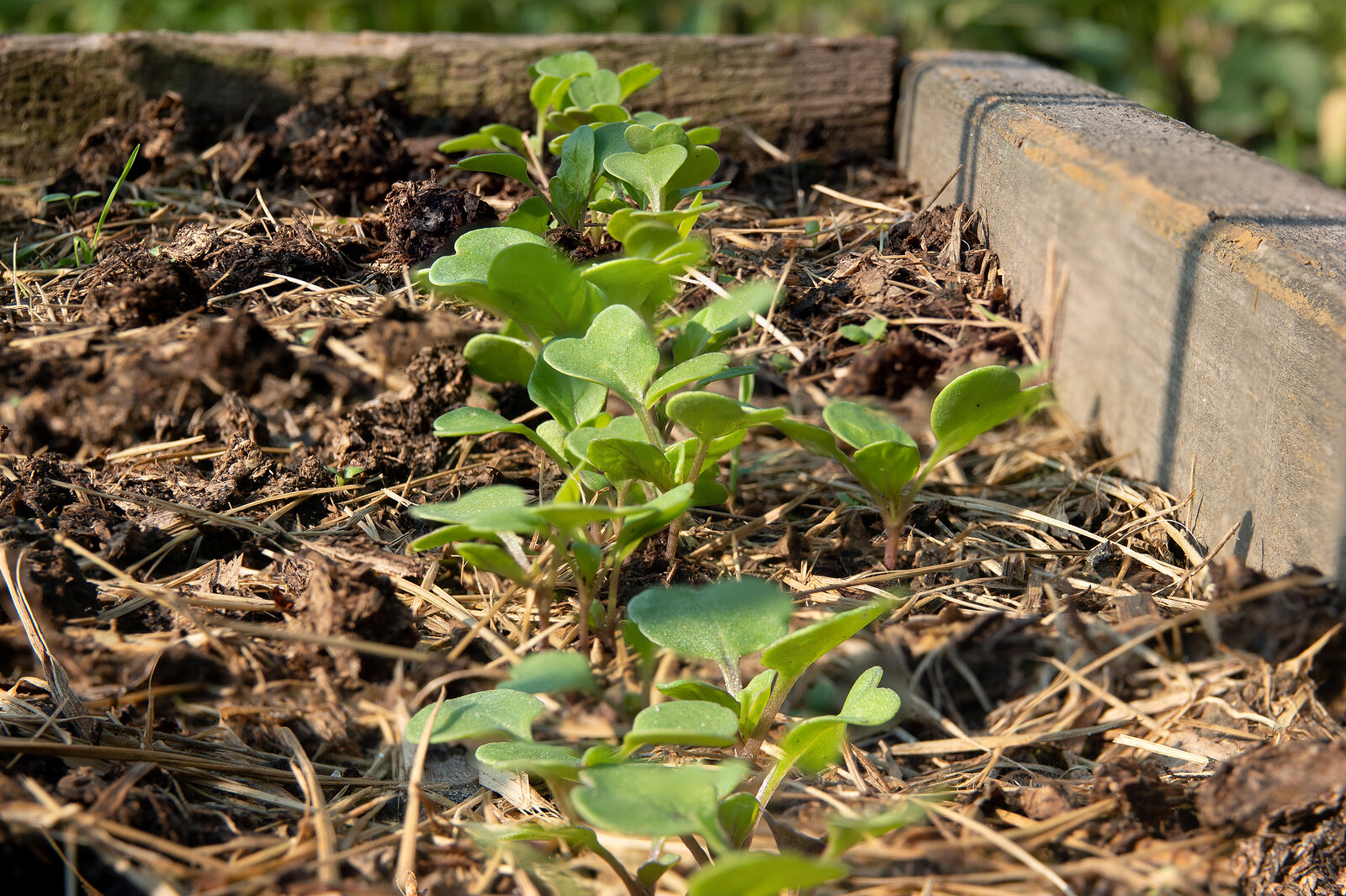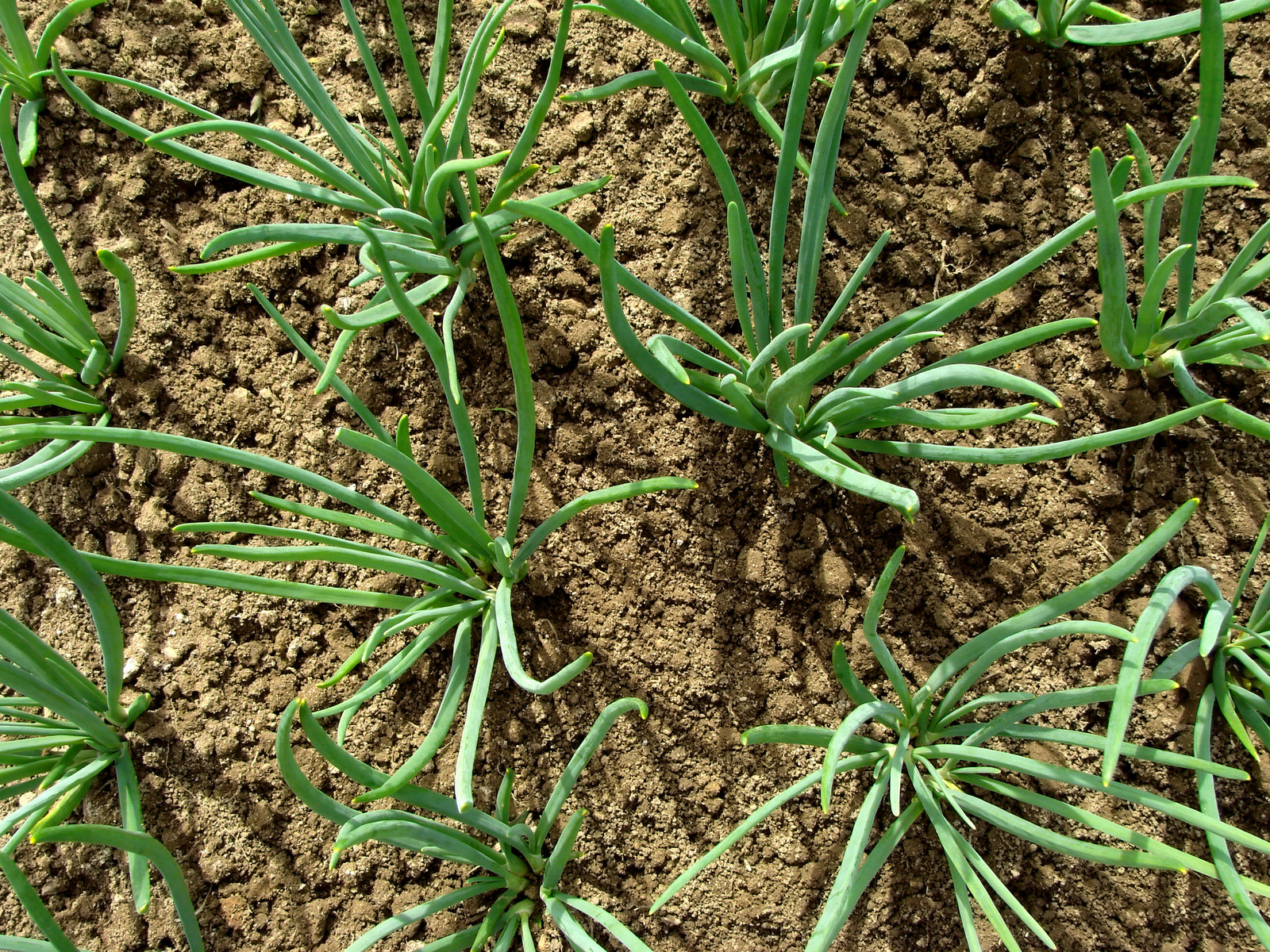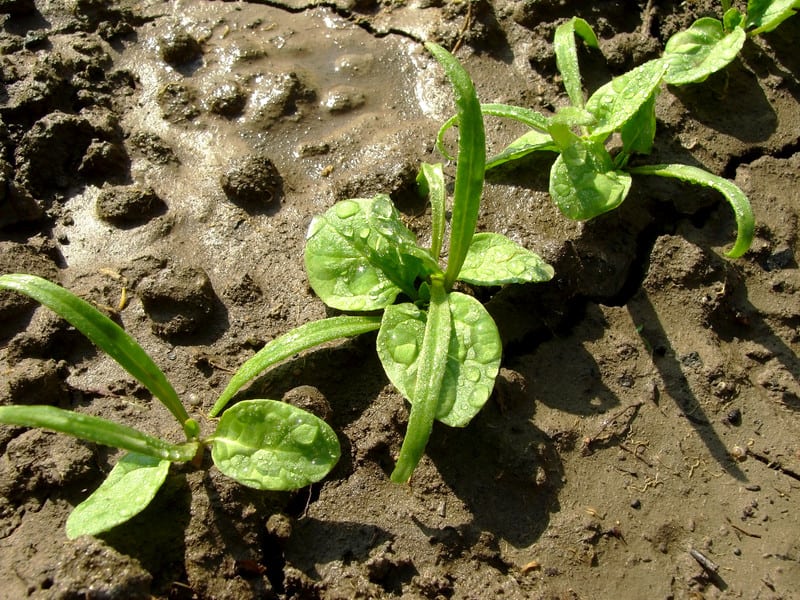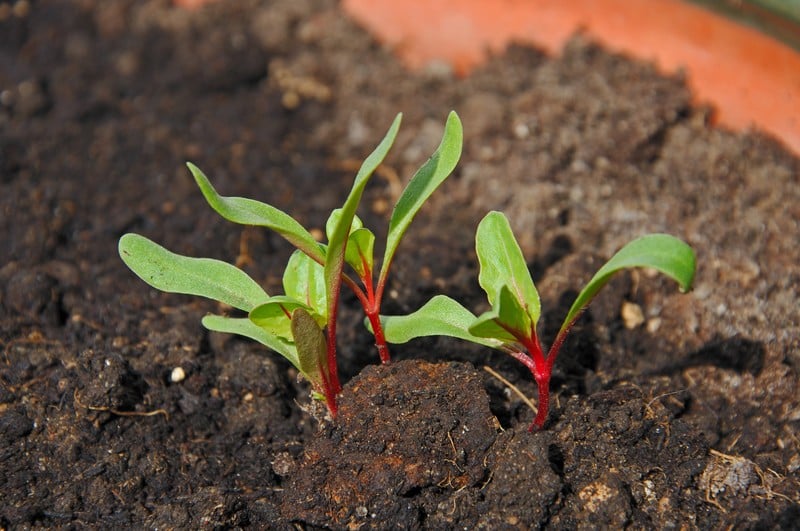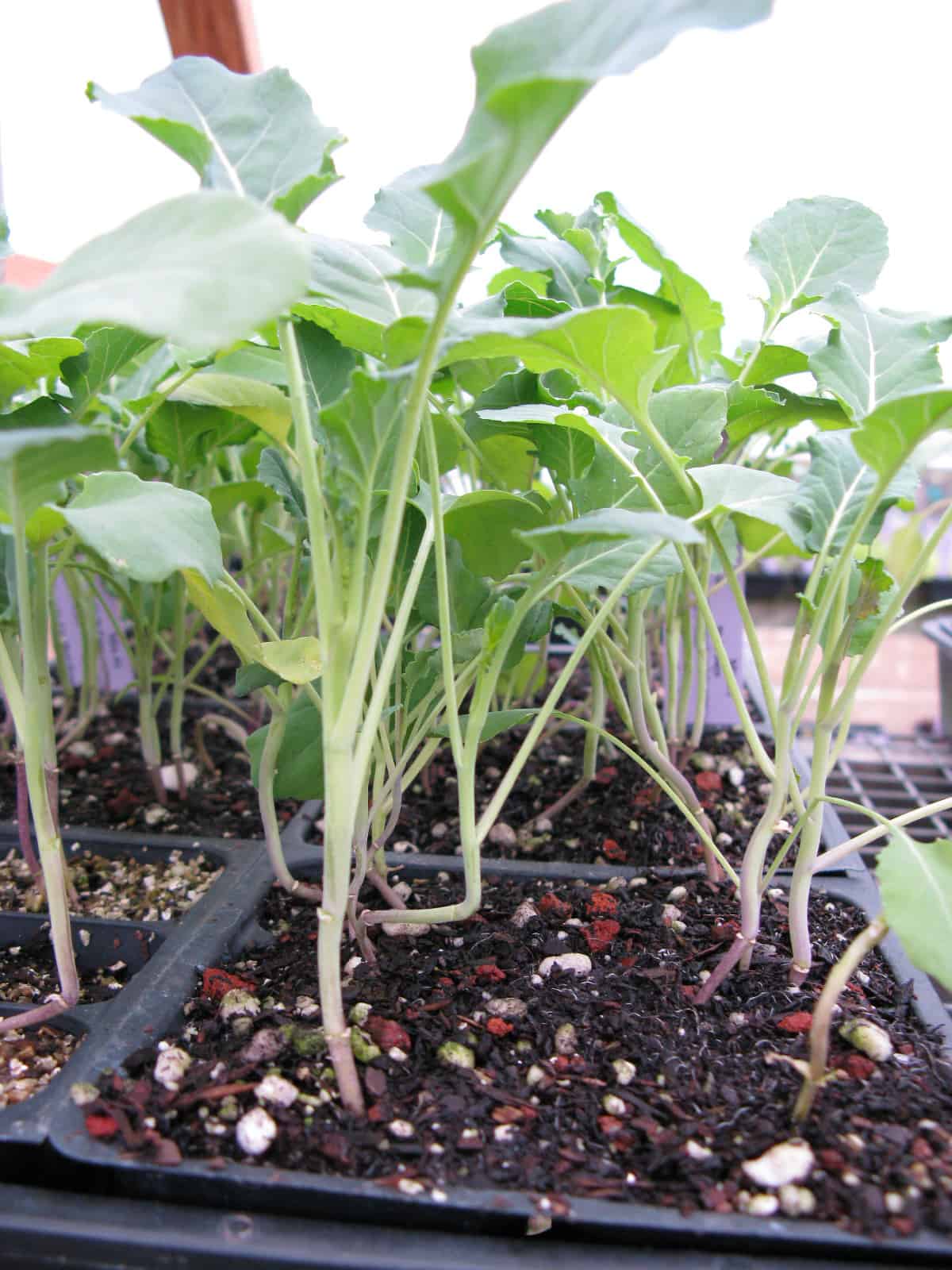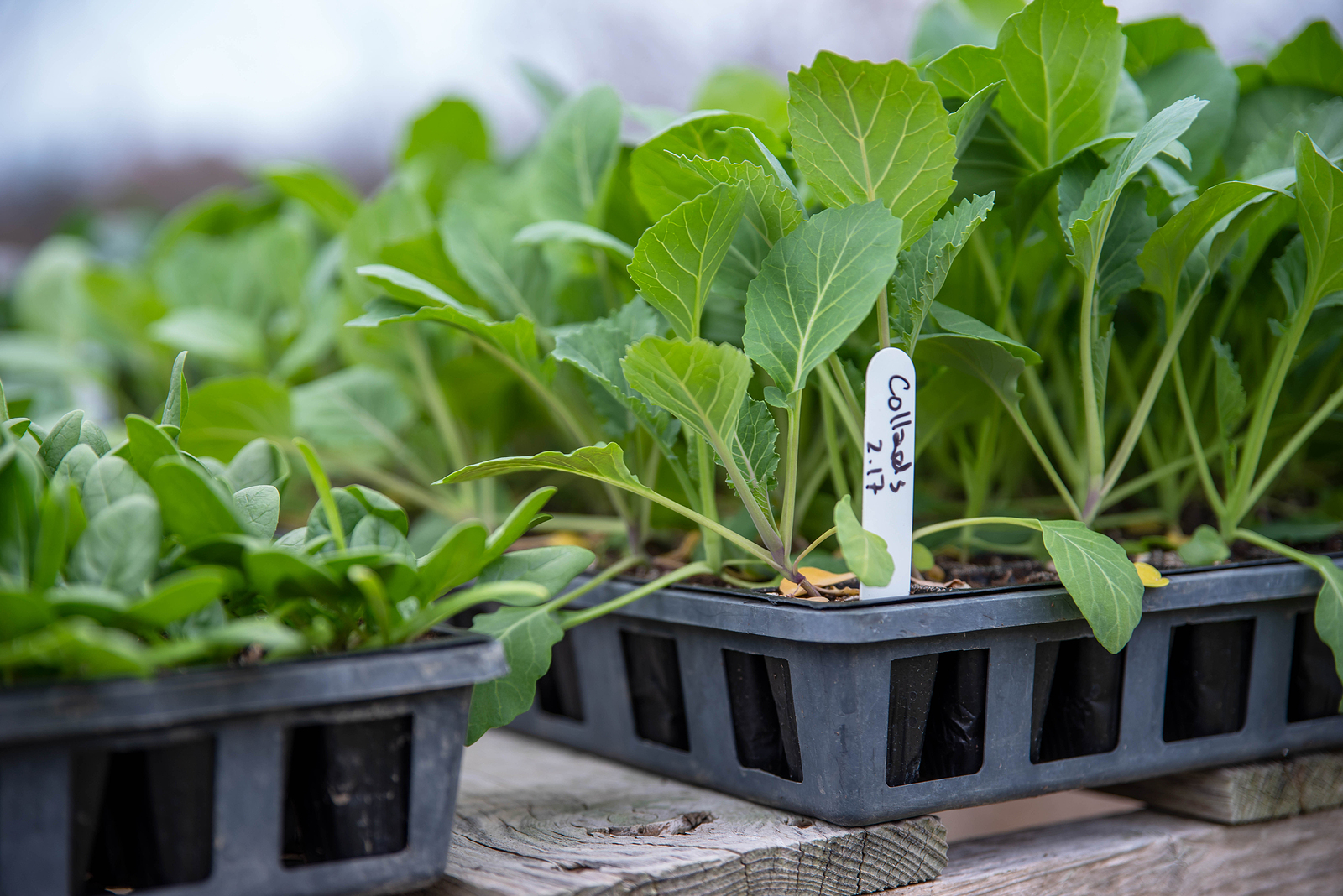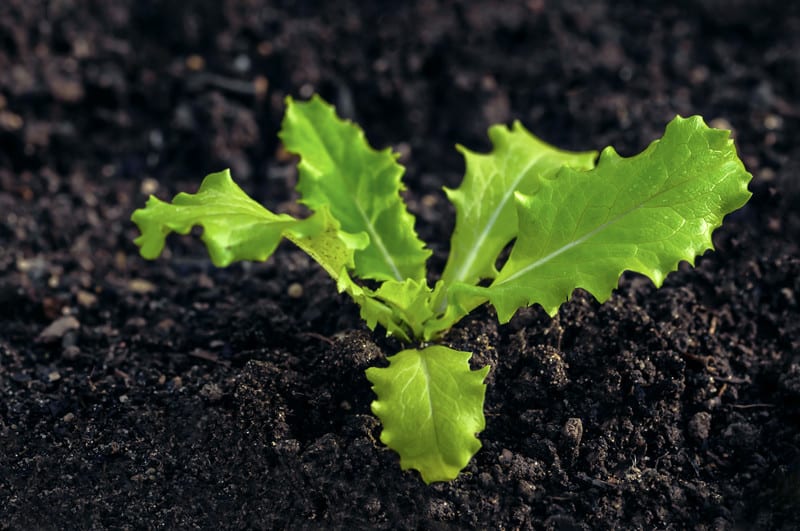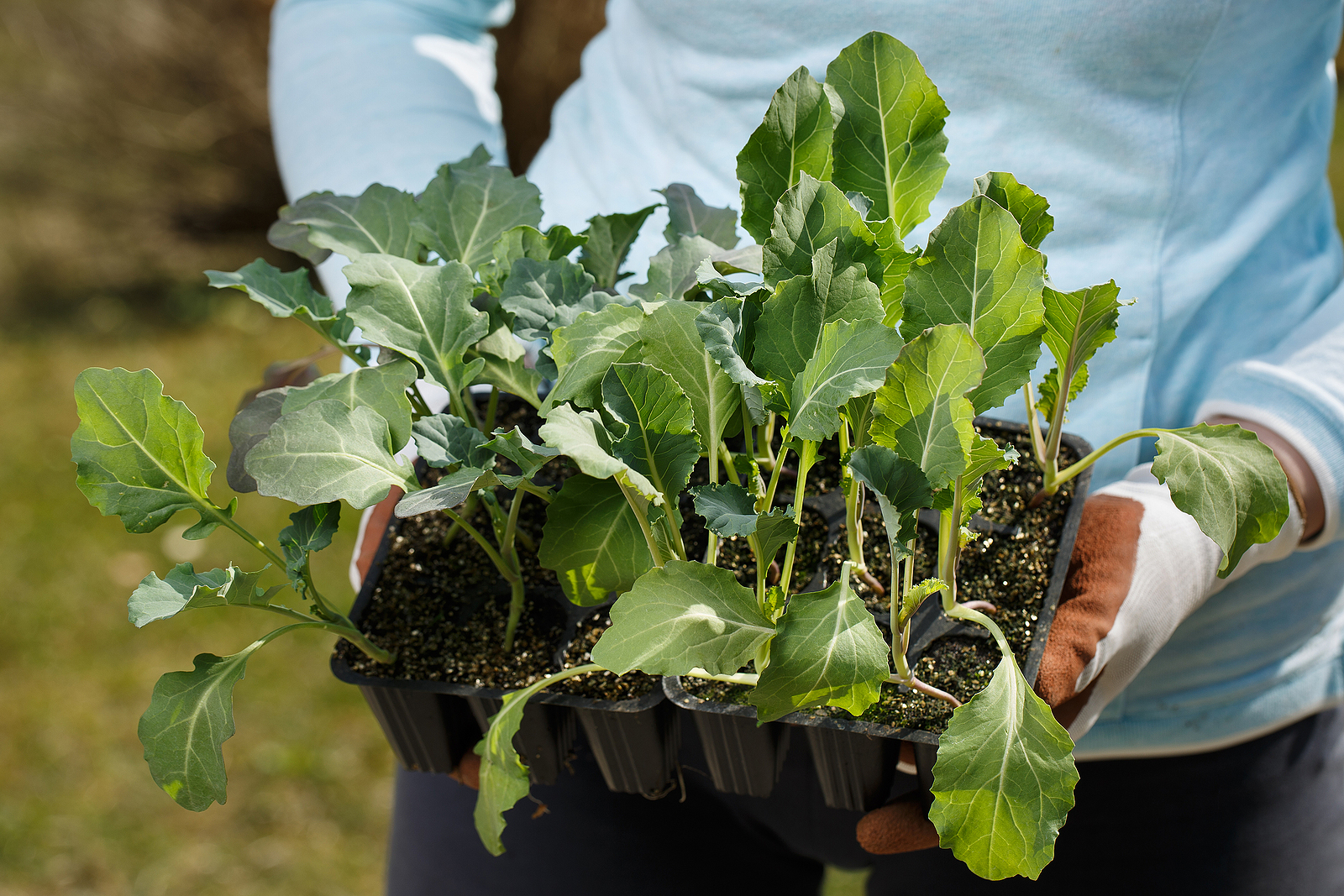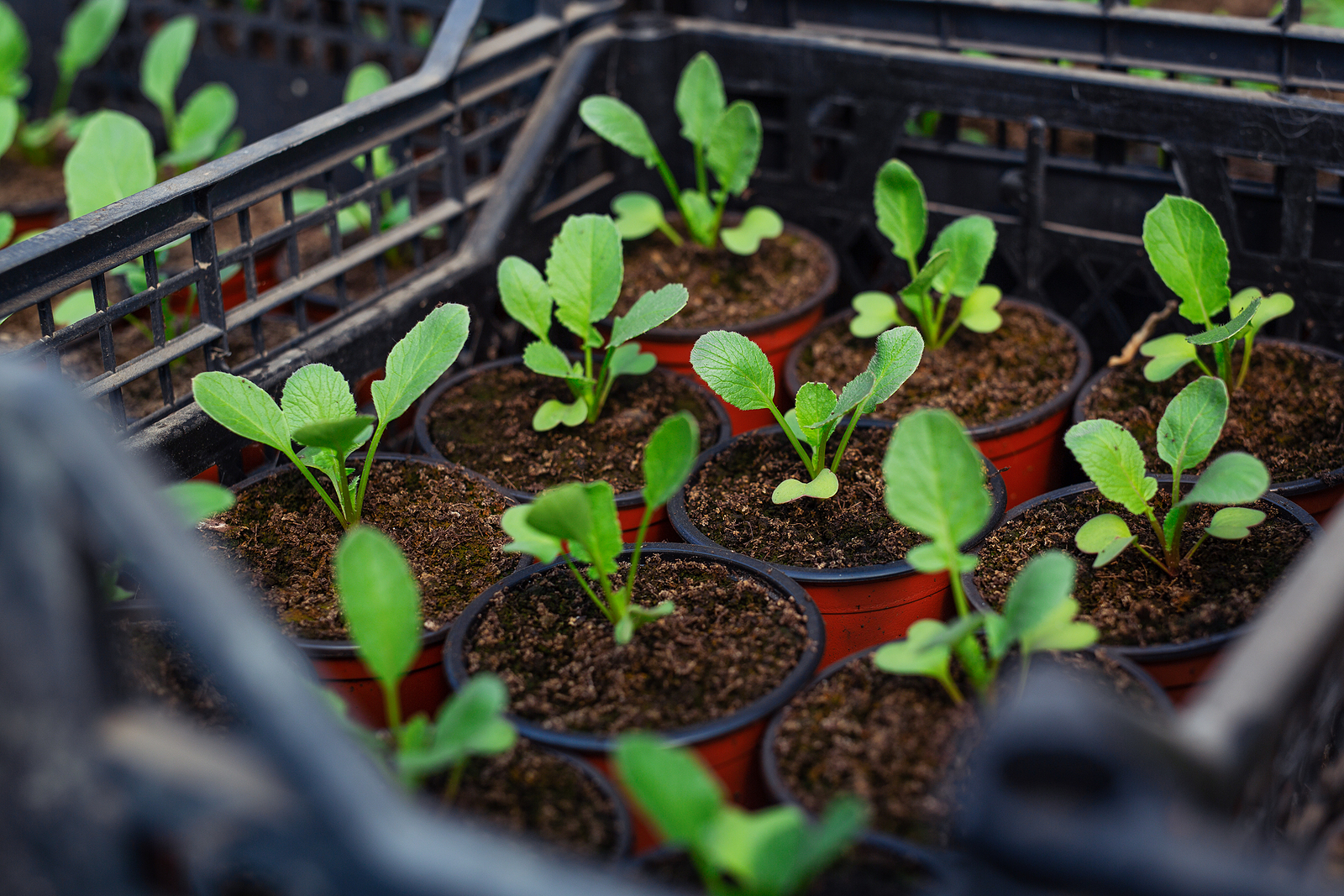Turnip Seed Starting Tips
Turnips are grown in warm-winter regions in spring, fall, and winter. They are grown in cold-winter regions in spring and autumn. Plant turnips in spring as soon as the soil is workable. Good turnip quality depends on quick growth. Plant turnips in humus-rich, well-drained soil. The soil need not be prepared deeply, but the surface […] More

